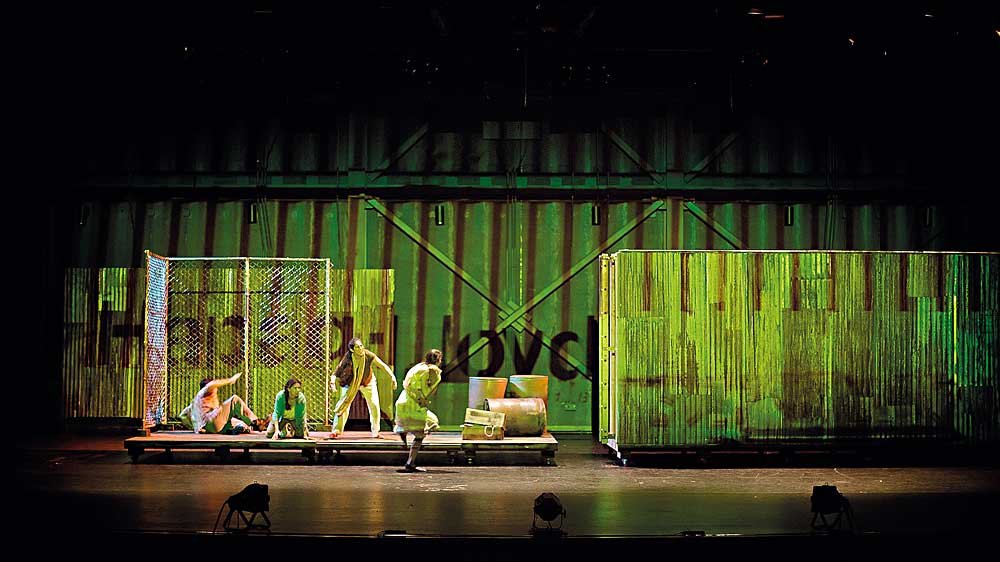This post is one of several stories in our Theatre Facts 2013 package.
Dallas’s Cara Mia Theatre Co. was born anew in the crucible of the Great Recession. Founded in 1996 with a mission of broadening public appreciation of Chicano and Latino culture, the company became inactive around 2008. Then David Lozano, a former artistic director, proposed reviving it for a play he’d co-written: Crystal City 1969. That 2009 show was successful enough to give the company a new lease on life. Lozano, now Cara Mía’s executive artistic director, says the theatre has grown from a budget of “basically zero dollars in 2009” to about $200,000 today.
As it moves ahead, Lozano says, Cara Mía will be instituting, for the first time, a season-pass system. “Offering a season pass will tie our core audience to us more securely” and maybe even draw more patrons, the artistic director says.
The subscription model has been under strain in recent years, but, as Lozano suggests, the underlying idea still has currency. As a result, theatres continue to tinker with their subscription templates, aiming to fit the model to the times. Modern theatregoers are busy and may be reluctant to pin their schedules down in advance; in an attempt to lure such folk into the subscriber base—or keep them there—theatres are making adjustments to the types and range of subscription packages they sell.
Martin Miller, executive director of TheatreSquared in Fayetteville, Ark., says that, among other strategies, his company has added a “Preview Saver” series, and also a “Dine Around” series that pairs five performances with pre-show meals at five different area restaurants. “More options, without becoming a plethora of options: I think people appreciate that,” he says.
“We have added a flex pass, which we had dabbled at before and put away. It’s back,” says Scott Nolte, producing artistic director of Seattle’s Taproot Theatre Company. “We’re seeing it as a point-of-entry or a gift package,” he says, noting that many flex-pass holder subsequently convert to three- or five-play subscription packages, sometimes lured by the prospect of better seating.
Offering packages of fewer plays appears to be a popular strategy these days: Theatre Facts 2013 points to “a drop in the average number of performances per subscription” between 2009 and 2013.
But offering more smaller packages isn’t the answer for everybody. Michael Gennaro, executive director of Trinity Repertory Company in Providence, R.I., says that his theatre is making changes to subscriptions this year “by offering less choice”—doing away, for example, with a three-show package. The move was motivated by an interest in keeping potential purchasers of larger packages from downscaling, he says.
Tristan Wilson, managing director of Barrington Stage Company, in Pittsfield, Mass., says his company recently instituted an “8-Show Combo Pass” covering an entire season’s worth of productions on both its mainstage and in its second space. The option hadn’t existed previously. “We started doing that and found that very successful,” he says. “There are a lot of people who want to see every show we do.”
“Subscription is never going to go away. It is always going to be a key part of what we do,” says Roche Schulfer, executive director of Chicago’s Goodman Theatre. The difference now, he suggests, is that new developments in technology have made theatres less dependent on the subscription system. “We have so many different ways to fill seats that subscribers don’t fill—because of our ability to target different constituencies; our ability to manage ticket prices through dynamic pricing, both up and down; and our ability to price the house accurately by analyzing attendance patterns,” he says.




